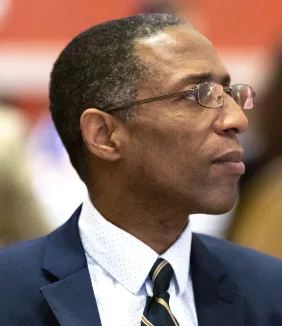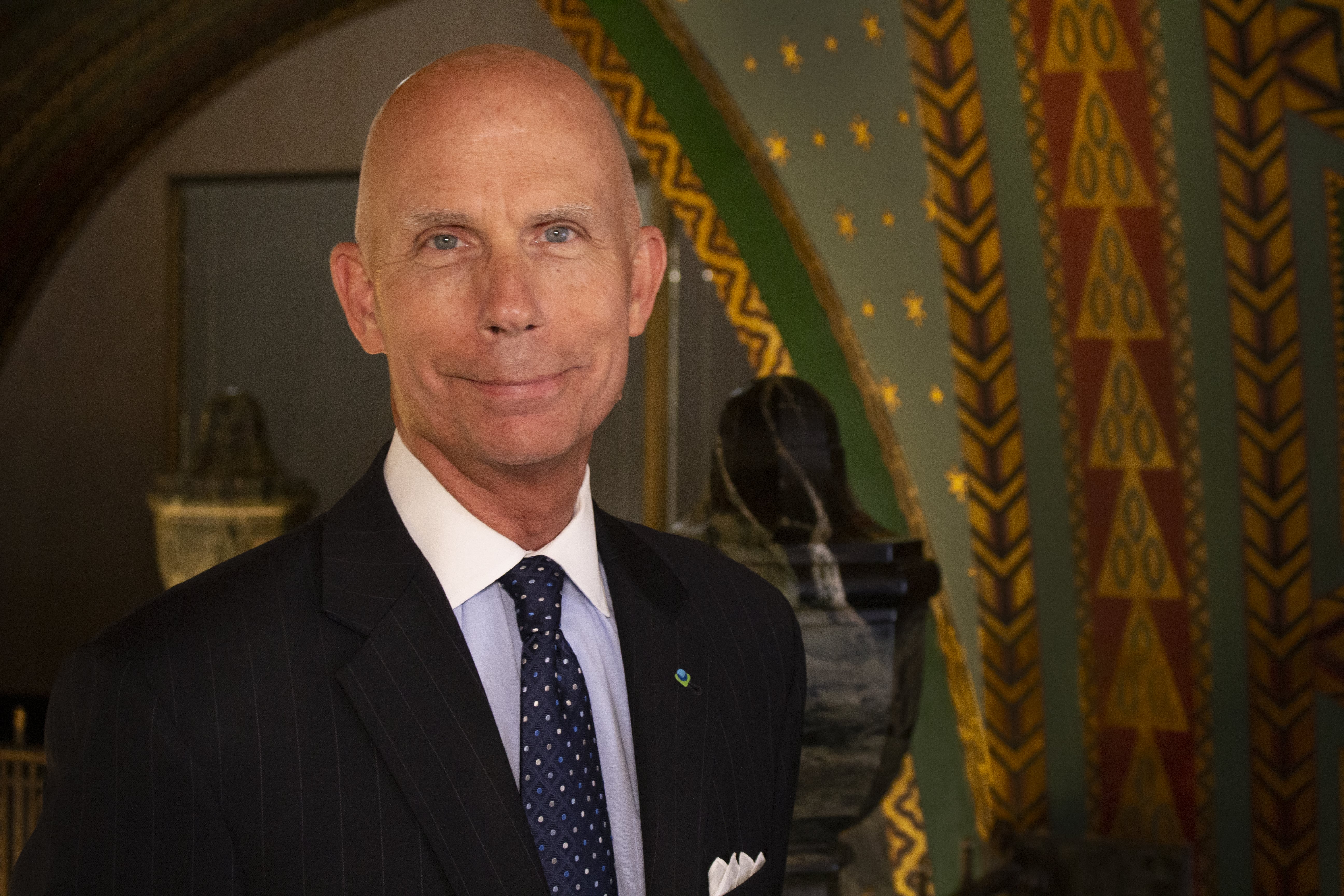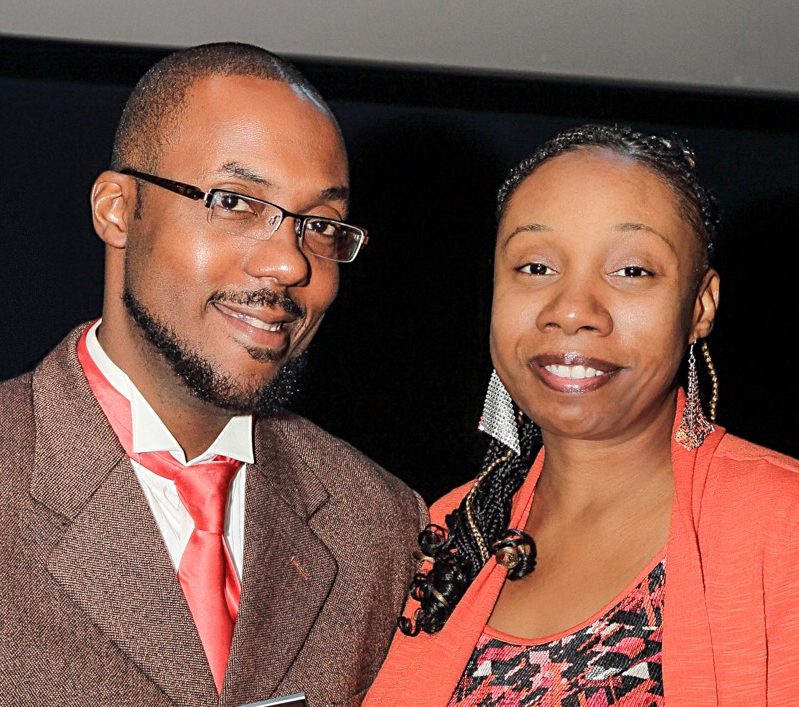Suffering surfing: Third coast surf swell not so swell
Weather experts are saying the water levels in the Great Lakes are at record high, and this is having an adverse affect on surfers.
Bodman Attorney Damali Sahu Selected for Lawyers of Color “Nation’s Best” List
Bodman PLC is pleased to announce that Damali A Sahu, a member of the firm based in the Detroit office, has been named to the 2019 “Nation’s Best” list by Lawyers of Color, a...
Friendly reminders, sit-stand desks make for healthier workers, study says
Hey, office worker – yes, you, sitting at your desk for hours and hours at a time. You need to stand up, sit less and move more, researchers say.
Sit-stand desks may be a...
Bavarian Inn Lodge helps local mountain climber train for upcoming Freedom Challenge ascent
Shelly Ginter Conrad has been using the Bavarian Inn Lodge stairs (in her mountain gear) while preparing to summit Mount Baker. This climb will help raise funds for worldwide projects that help women and children and...
Attorney Melissa Benton Moore joins Bodman PLC
Melissa Benton Moore has joined the Troy office of Bodman PLC as a Senior Attorney.
Moore is a member of Bodman’s Litigation and Alternative Dispute Resolution Group. She represents clients in complex commercial litigation matters...
Conference seeks to help young workers boost job skills, emotional wellness
Some of the hottest topics in human resources and among workplace experts are finding ways to build resilient employees who feel connected to their jobs but also find time to take care of themselves,...
Partnership to provide nearly 2 million pounds of cabbage to feed hungry in Michigan...
Partnership between the Food Bank Council of Michigan and Iott Ranch & Orchard is on schedule to provide nearly 2 million pounds of cabbage to Michigan food banks and the Feeding America network. Cabbage...
It was a rockin’ day at the Michigan Manufacturing Technology Center
At the Michigan Manufacturing Technology Center in Plymouth, one Friday each month is designated as sports jersey day, as staff proudly display the colors and logo of their favorite team. This month some team...
Grand Rapids-based Nonprofit D.A. Blodgett – St. John’s hires first Director of Diversity, Inclusion,...
D.A. Blodgett – St. John’s (DABSJ) has hired Andre Daley as the agency’s first Director of Diversity, Inclusion and Engagement. Daley brings more than 13 years of experience working in the social justice, diversity,...
Expansion, expenditures, success show the importance of medical research
All across Michigan, resources and manpower are conducting increasingly successful research projects.
With new tax law affecting companies in both negative and positive ways, industry observers...
Michigan tax experts see savings,
downsides, in new federal law.
Earth-friendly shops serve coffee and the environment at the same time
Coffee houses throughout Michigan are taking seriously a commitment to producing their wares in an environmentally friendly way.
Understanding the ‘why’ of higher water levels in the Great Lakes not as simple...
A study by Canada's Department of the Environment and Climate Change provides some revealing trends related to fluctuating water levels in the Great Lakes
Samaritas adds executive board member
Samaritas is delighted to announce the addition of David Lochner to its Board of Directors. Lochner will serve on the Executive Committee of the Board as Secretary. This addition strengthens the nonprofit’s efforts to...
5 ways nonprofits can use social media to connect with donors
Everyone loves a great nonprofit and feeling good about donating their time, talent or resources. To find volunteers, donors or sponsors means finding people to invest in the cause.
Organizations can use social media...
Cleamon Moorer Jr., wife acquire home health care agency, expanding in Detroit-Flint-Ann Arbor area
Wellness advocates Cleamon Moorer Jr. and Nicole Willis-Moorer have purchased Dearborn-based American Advantage Home Care Inc., a home health care agency providing skilled medical care 24/7 for adults. The Grand Blanc residents are expanding...
Emmanuel Hospice reaccredited by CHAP
Emmanuel Hospice has been reaccredited by the Community Health Accreditation Program, Inc. for its industry best practices and commitment to quality patient care. The organization received a perfect survey with no areas of concern.
Pizza now on the menu at Buddy’s new Plymouth Township location
There's a new place to grab a slice now that Buddy's Pizza has opened its Plymouth Township location on Beck Road.
SMZ welcomes Stephen Timblin as Executive Creative Director
Stephen Timblin has joined full-service ad agency SMZ as executive creative director.
With more than 20 years experience in advertising and publishing, the recipient of multiple Effie and WOMMY Awards brings a passion for storytelling...
Detroit native serves in Gulf of Oman aboard USS Harpers Ferry
U.S. Navy Boatswain’s Mate 3rd Class Anthony Gargarello, from Detroit, directs a SH-60 Sea Hawk on the flight deck of the amphibious dock landing ship USS Harpers Ferry. Harpers Ferry is part of the...

























